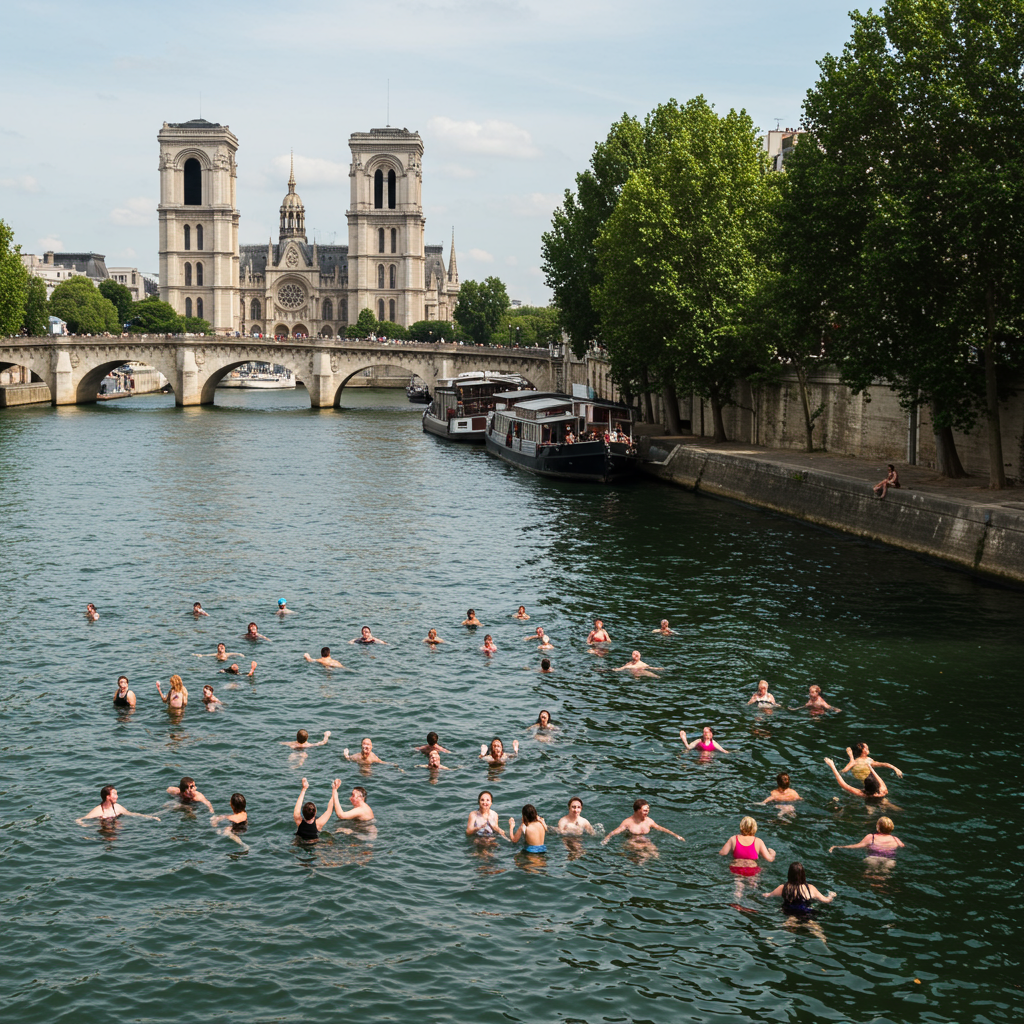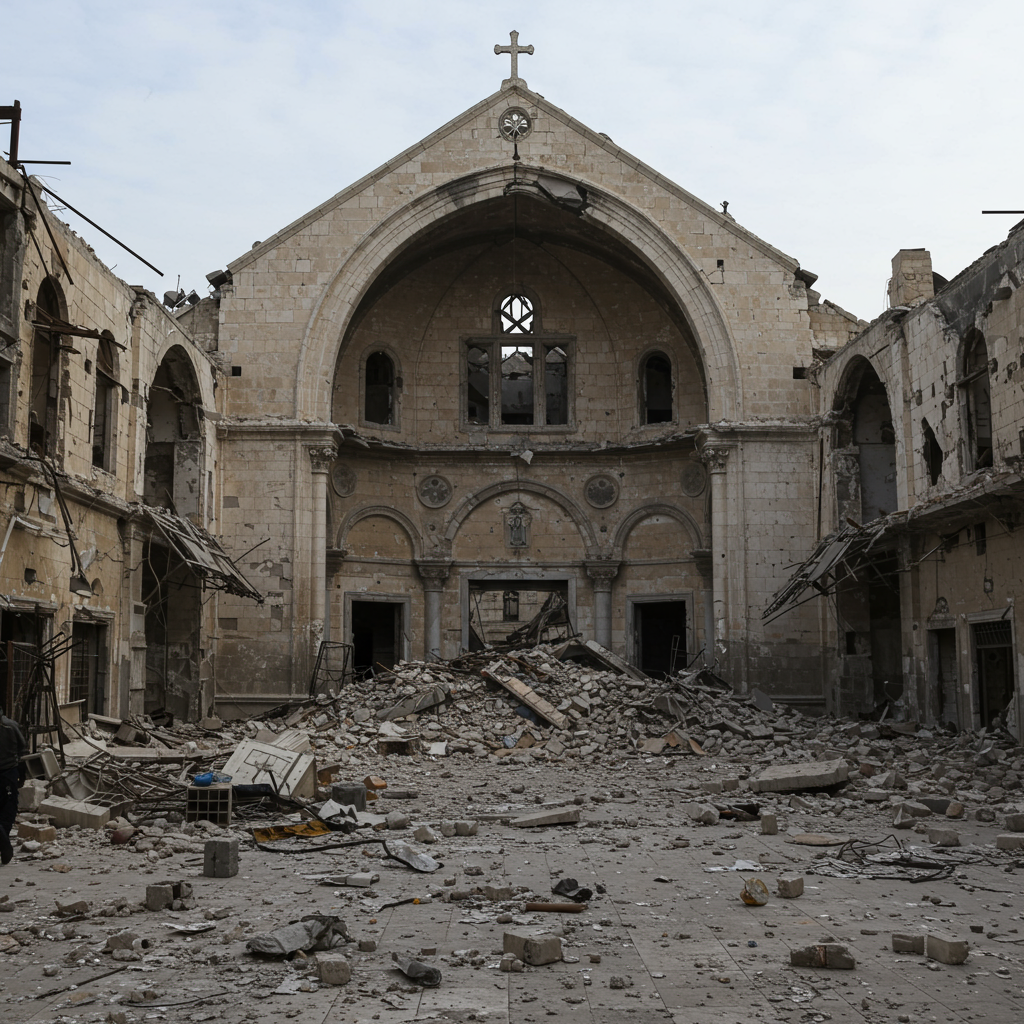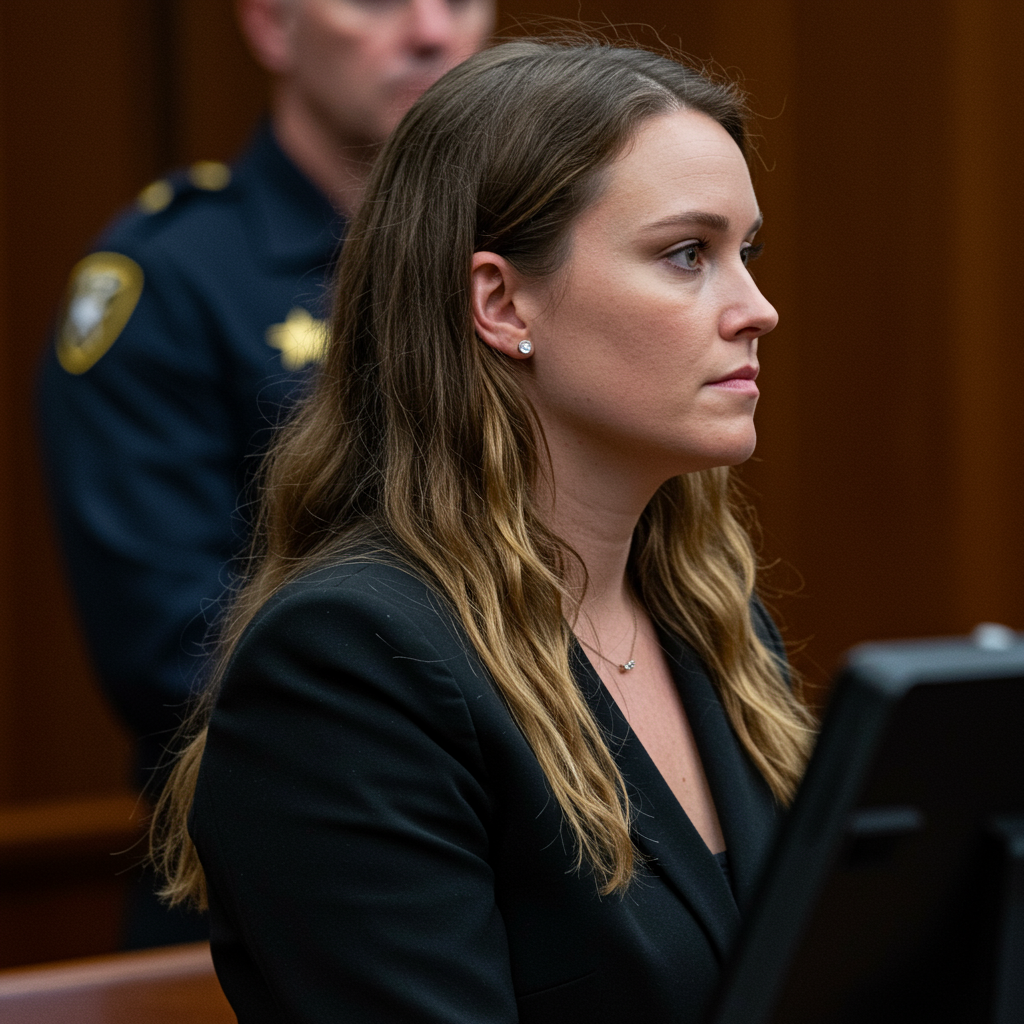After a century-long ban, a remarkable moment has arrived in Paris. The iconic river seine is once again open for public swimming. This historic return allows residents and visitors alike to plunge into the heart of the French capital’s famous waterway. It’s a transformation decades in the making, driven by a massive cleanup effort and the recent focus provided by the city hosting major international sporting events. Witnessing the joy of the first swimmers splashing near ancient mansions and under historic bridges feels like a dream realized for many Parisians.
Swimming in the Seine had been prohibited since 1923. The ban was primarily due to severe pollution levels and the hazards posed by heavy boat traffic. For generations, the idea of taking a dip in the river was unthinkable. However, city officials made a bold promise connected to hosting the prestigious events held the previous summer: they would make the Seine swimmable again. This commitment spurred an unprecedented push to purify the urban river.
A Multi-Billion Euro Effort to Reclaim the Waterway
Making the Seine safe for swimming required a monumental investment and extensive infrastructure work. The cleanup project cost approximately €1.4 to €1.6 billion (roughly $1.5 to $1.7 billion). This substantial funding targeted the root causes of river pollution. A critical step involved connecting more than 20,000 homes and houseboats that were previously discharging raw sewage directly into the river to the municipal sewer system.
Further improvements included upgrading water treatment facilities both within Paris and upstream. Perhaps one of the most significant projects was the construction of large underground storage basins. These massive reservoirs, some holding volumes equivalent to 20 Olympic swimming pools, are designed to capture bacteria-laden wastewater during heavy rainstorms. This prevents sewage overflows from being directly released into the Seine, a major cause of water quality issues after rainfall. The combined impact of these projects has dramatically improved the river’s health.
Where and How You Can Swim in the Seine
The initial phase of public swimming began on Saturday, July 5th or 6th, 2025 (reports vary slightly). Three specific designated bathing sites have opened along the Seine within Paris. These spots offer free access to the public, initially available until the end of August. The locations are strategically chosen near famous landmarks, providing a unique swimming backdrop.
One site is located near the Eiffel Tower, specifically designed to be family-friendly. Another is situated near the historic Notre Dame Cathedral. The third Parisian location is found near the National Library in the eastern part of the city, close to the Île Saint-Louis area mentioned by initial swimmers. Access at these sites is managed, with initial capacity limits ranging from 150 to 300 people per location.
Ensuring Safety and Comfort for Swimmers
City authorities have implemented rigorous safety measures at the new swim sites. Daily testing of water quality is a critical protocol. Health authorities conduct tests multiple times a day, and a flag system, similar to those used on coastal beaches, indicates the current safety status. A green flag signals that the water meets quality standards for swimming, while a red flag warns against entering due to poor quality or strong currents.
Each designated zone is equipped with essential facilities to enhance the swimmer experience. Lifeguards are on duty during operational hours to monitor the areas and assist swimmers. Changing rooms and showers are also provided for convenience. While the current is generally gentle, swimmers are required to wear bright yellow lifebuoys tethered around their waists as an added safety precaution. Diving is prohibited due to the relatively shallow depth in the designated zones. Swimmers caught outside these marked areas risk fines.
Navigating Challenges and Building Confidence
The journey to making the Seine swimmable was not without its hurdles. Water quality in urban rivers can be variable, particularly influenced by weather patterns. Heavy summer rains leading up to the previous year’s international events caused increased bacteria levels on occasion. This led to the postponement of some practice sessions and events, including the men’s triathlon by a day. Some athletes reportedly experienced adverse effects after competing in the water.
Despite these challenges, the aquatic events ultimately proceeded mostly as planned in the Seine, including the ambitious opening ceremony. This successful use of the river for competitive purposes helped build public confidence in the cleanup efforts. Authorities assert that water quality results have consistently met European regulations since early June, with only minimal exceptions. While acknowledging that variability due to rain is expected, they remain optimistic, especially hoping for a drier summer season. The flag system provides real-time information to the public.
Paris Joins a Growing European Movement
Paris’s achievement is part of a broader trend across Europe. Numerous cities are working to reconnect residents with their urban waterways by making them clean enough for bathing. Initiatives in Berlin (like “Spree change”) and Oslo have served as inspiration. The push to reclaim these spaces is increasingly relevant in the face of rising summer temperatures and heatwaves, offering urban dwellers vital places to cool down safely within the city.
The reopening of the Seine represents more than just recreational opportunity. It signifies a major public health victory and a successful urban development project. Transforming a historically polluted river back into a usable public space is a powerful symbol of reclaiming the urban environment. Leaders like Mayor Anne Hidalgo, who personally swam in the Seine to demonstrate confidence, view it as fulfilling a “childhood dream” and a legacy project linked to urban well-being. President Emmanuel Macron also hailed it as a moment of “pride.”
Looking ahead, the initiative plans to expand access. There are proposals to establish fourteen additional swimming sites along the Seine and its tributary, the Marne River. Two sites on the Marne reportedly opened even earlier in June, preceding the Paris Seine sites. While some skepticism about water quality persists among certain residents, particularly regarding visibility and potential debris, the overwhelming sentiment among the first swimmers was one of immense joy and historical significance. They expressed delight at being able to swim in the heart of Paris, a simple pleasure denied for over a century.
Frequently Asked Questions
What specific infrastructure improvements made the Seine safe for swimming?
The extensive cleanup involved significant investments in infrastructure. Key projects included connecting over 20,000 homes and houseboats along the river to the municipal sewer system, which previously discharged waste directly into the Seine. Water treatment plants were also upgraded. Additionally, large underground storage basins were constructed to capture and hold rainwater mixed with wastewater during heavy storms, preventing it from overflowing into the river.
Where are the designated public swimming sites located on the Seine in Paris?
Currently, there are three designated public swimming sites open along the River Seine in Paris. These locations are strategically placed near major landmarks. One site is situated near the iconic Eiffel Tower, another is close to Notre Dame Cathedral, and the third is located near the National Library in eastern Paris. Two additional sites on the Marne River, a tributary, also opened earlier.
Is the Seine water quality consistently safe for swimming, and what measures ensure it?
Authorities state that the Seine water quality has consistently met European standards on most days since early June, though it can be variable, particularly after heavy rainfall. To ensure safety, daily water quality testing is conducted by health authorities. A flag system is used at the swim sites: a green flag indicates safe conditions, while a red flag signals that swimming is not advised due to poor quality or strong currents. Lifeguards are also present, and swimmers must use provided lifebuoys.
Conclusion
The reopening of the River Seine for public swimming after a century is a truly historic achievement. It represents the culmination of massive cleanup efforts and a vision to reintegrate the river into the daily life of Paris. While challenges like water quality variability remain a factor, the implemented safety measures and ongoing monitoring aim to provide a safe and enjoyable experience. This initiative not only offers a unique recreational opportunity but also serves as an inspiring example for other urban centers seeking to revitalize their waterways, making the Seine a vibrant part of Paris once again.




